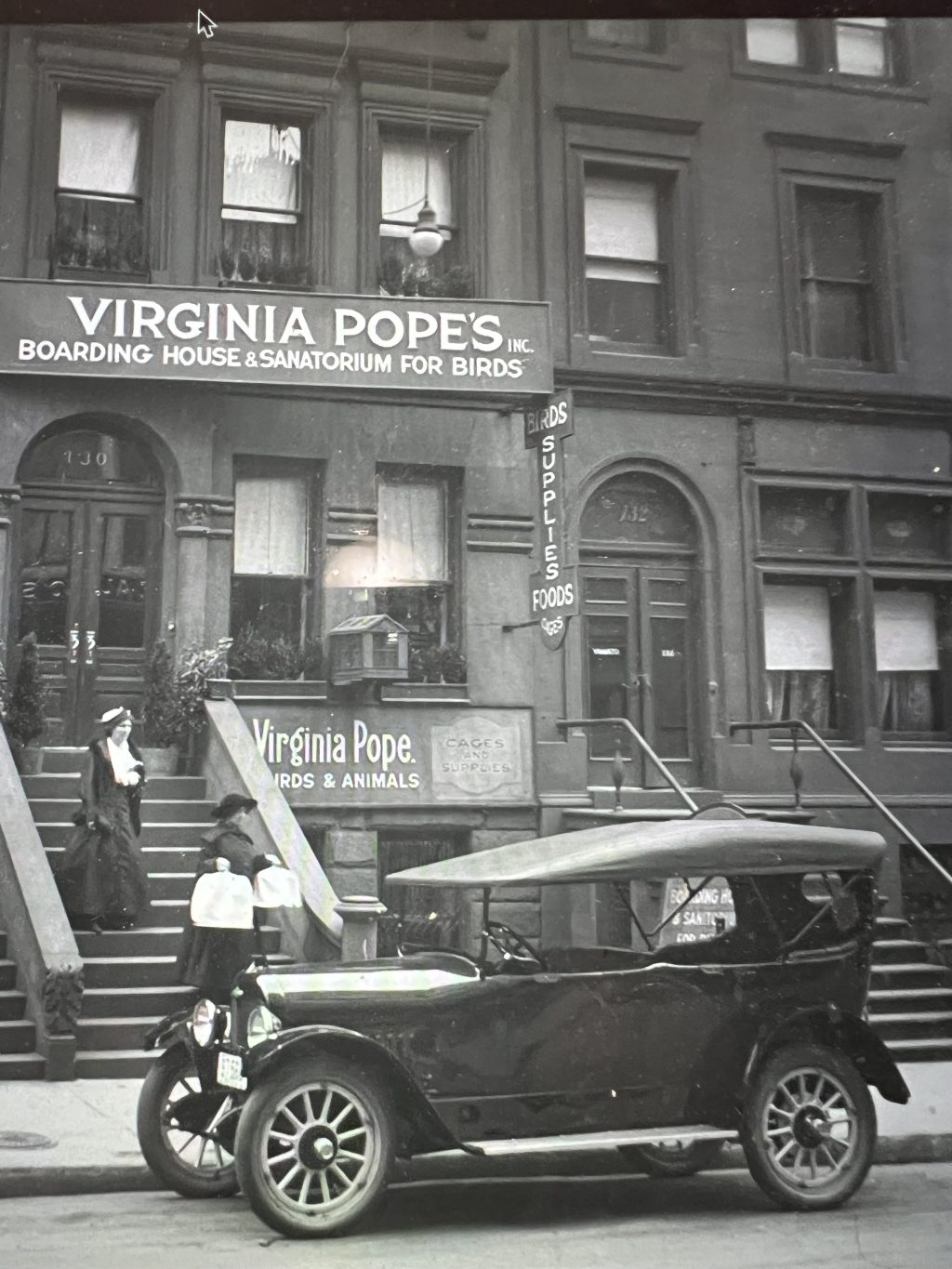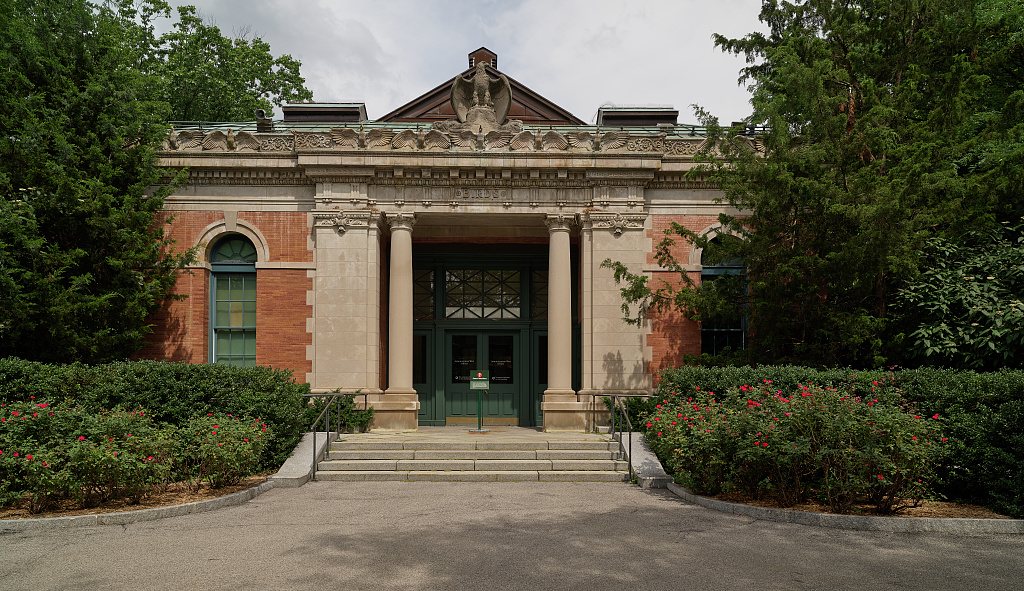 By Claudie Benjamin
By Claudie Benjamin
A recent online chat reads: “My house feels so empty and boring without Charlie and Lilly! I am going overseas to a family wedding and had to take them to the vets for boarding yesterday. I know they will be well looked after, but dammit I miss them and worry about them…they don’t know I am coming back to get them next week, I feel so sad right now looking at the empty bird cage: Would love to hear how your birds coped with being boarded, and how they were when they came back home.” (1)
The matter of boarding pets, and more specifically, birds has long been and continued to be a concern for owners.
In the early 1930s, Marion Talley, then a rising opera star, who later retired from her short career at the age of 30, purchased three canaries while studying singing in Hamburg, Germany. On her return to the apartment she shared with her mother and sister at 123 West 74th Street, she settled the birds by a window in a sunny corner. (2) Marion would have them cared for as needed at Virginia Pope’s Boarding House and Sanitarium for Birds located at 130 West 65th Street. (3)
While retaining the name of its founder, who launched the business at least as early as 1916, the business was later managed in the 1930s by Hattie Williams.

Bird House at the Bronx Zoo in The Bronx, one of five county-level divisions within sprawling New York City, New York. The largest metropolitan zoo in the United States and among the largest in the world, this zoo, which opened in 1899, has attracts more than two million visitors each year. It comprises 265 acres of parkland and naturalistic habitats, through which the Bronx River flows.
According to an article in the New York Times on November 17, 1923, “BIRD pets of the people of the Four Hundred have a smart hotel of their own in New York City, and there may frequently be found the parrots, canaries and bullfinches of almost everybody who is anybody in the social register or in professional life. Virginia Pope, who knows all about bird digestions and bird temperaments, is Mme. la Hoteliere and keeps every little guest well and happy.” (3) The care provided was compassionate. Skilled treatment was provided by staff trained at the Bronx Zoo, according to Hattie Williams. (3) The bird house was established at the zoo in 1905.
Though not known to have pet birds, Alexander Wilson Drake’s collection of birdcages speaks to the interest in birds and birdcages in the period approaching and including the 1920s and 30s. Drake was a member of NY’s privileged literati. According to a Cooper Hewitt blog, Sarah and Eleanor Hewitt purchased ninety birdcages at auction in NYC in 1913, paying $1,300 for 90 cages from the Drake collection for their museum. Some of these were on exhibit in recent years. Man of many talents, not only was Drake a collector, but also a wood engraver who studied and taught at Cooper Union. He was also the art editor of The Century Magazine for forty-three years.
The article described Drake’s comments on acquiring his international collection, “It is the stuffy little bird shops along city wharves, to which sailors from far off ports bring birds of every feather carrying them in their native cages, that the collector has his happy hunting ground. The dealer buys the bird and discards the cage. Herein steps the shrewd collector.” (4)
Birdcages were also sold at Virginia Pope’s as indicated on a sign posted to the right of the building’s stoop in a 1916 photo. The caption indicated that Miss Pope and an unnamed assistant were placing cages in her elegant Moline-Knight car. In addition, supplies, likely including bird seed, were sold there. At the time, owners of caged birds could also buy bird seed for their bird companions at mom-and-pop pet shops as well as by mail order. Advice on feeding birds and other matters regarding their care was offered at Virginia Pope’s. Preparations of a bird to be conveyed by messenger via ocean liner, to a little girl in England, for example, “Part of his food was being sent with him, seed and mealworms, and there were full directions for a further diet of egg, chicken, apples, etc., that could be served to him from the ship’s table.” (5)
Interviewed for a newspaper in 1933, Hattie Williams told the reporter that “Broadway folks” board birds at Virginia Pope’s. The roster included Margaret Anglin, a well-known actress who boarded her parrot. (6)
Many bird owners must have considered the options available for bird care while they were away from home. The alternatives were much like today: An in-home sitter, a boarding facility, or a Veterinarian offering this service.
Remarkably, 19 U.S. Presidents have kept pet birds at the White House, and several have been buried on the grounds. Presumably, specialized staff have cared for the birds while their owners have been away from Pennsylvania Avenue.
Describing procedures at Virginia Pope’s, when the cause of death of a bird was not clear, Hattie Williams said the avian was sent to the Carnegie Institute (now the Carnegie Natural History Museum) in Pittsburgh to determine the reason the bird died. (7)
Regarding protection and care for birds and beasts, veterinary training has become highly specialized. Today, there are clinical experts on a huge variety of animals, fish and birds.
Although government policies have been put in place to regulate the transportation and trafficking of song birds, smuggling occurs despite the advocacy of bird enthusiasts. On its website, the U.S. Fish and Wildlife Service cites the critical need to work with partners on common goals.
As an example of other protections, “Parrot shelters and sanctuaries have been established to care for displaced pet birds. Death, disability, birth of a child, lifestyle changes, impulse purchases, and over-adding to the flock by novice bird fanciers are some of the reasons avian shelters have become necessary, and in some cases, overwhelmed.” (8)
References:
(1) https://www.reddit.com/r/parrots/comments/1sdjlq/experiences_with_boarding_birds/
(2) https://archive.org/details/sim_music-magazine-and-musical-courier_1929-05-25_98_21
(3) https://gahistoricnewspapers.galileo.usg.edu/lccn/sn88054115/1933-08-20/ed-1/seq-8/
(4) https://www.cooperhewitt.org/2017/02/01/cooper-hewitt-short-stories-alexander-drake/
(6) https://gahistoricnewspapers.galileo.usg.edu/lccn/sn88054115/1933-08-20/ed-1/seq-8/
(7) IBID
(8) https://be.chewy.com/parrot-history-https://archive.org/details/sim_music-magazine-and-musical-courier_1929-05-25_98_21 yesterday-today/
